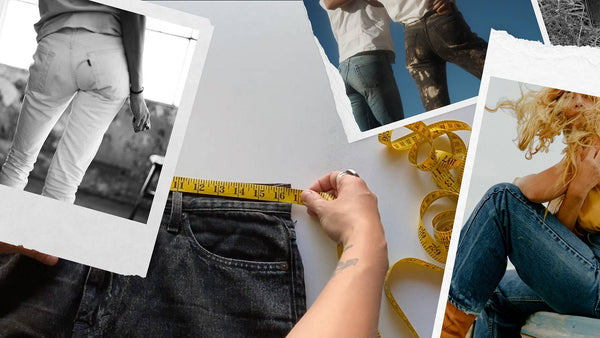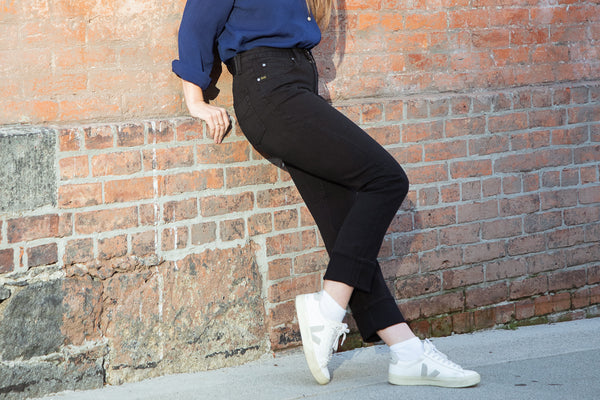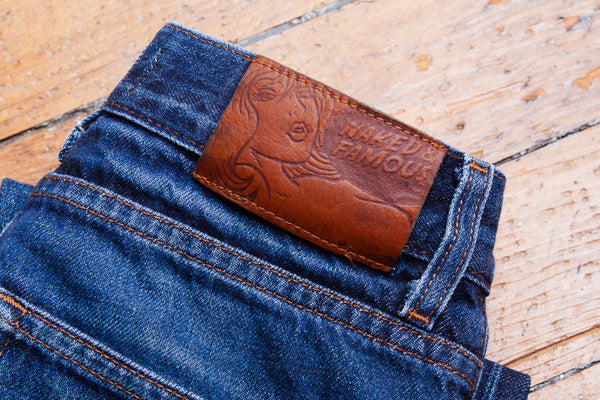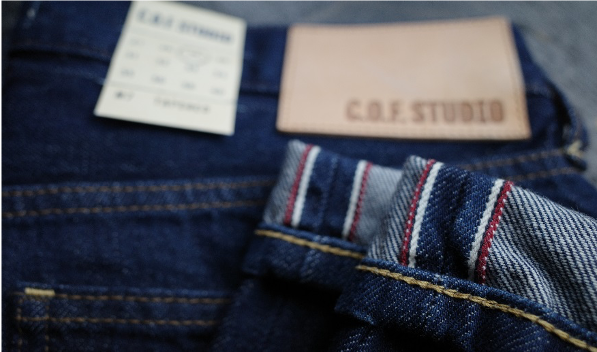The Oldest Jeans in the World (We Think)
Levi’s Oldest Jeans Fade February Fact #17: Denim has been around for a long time, which can lead you to wondering how old the oldest jeans in the world might be. The oldest pair of blue jeans in the world are Levi’s from the year 1879 making them 133 years old, and they’re still in pretty good shape (featured picture). The jeans are a classic blue and worn at the knees. They’re said to be valued at approximately $150,000.
Continue reading



